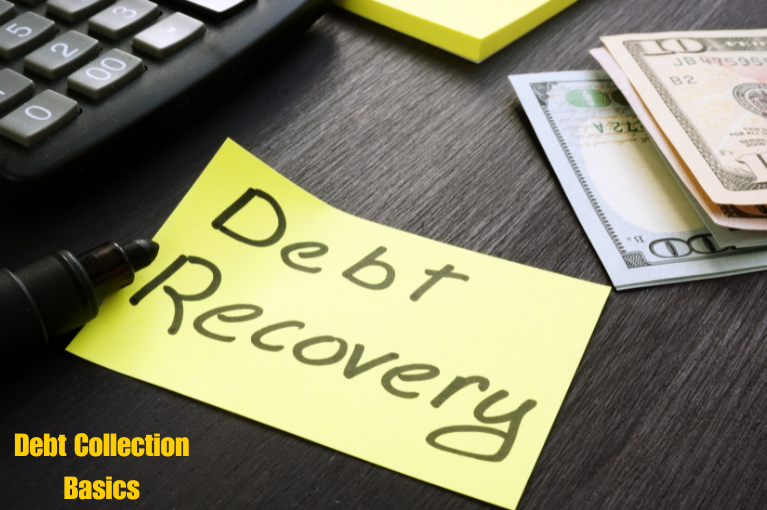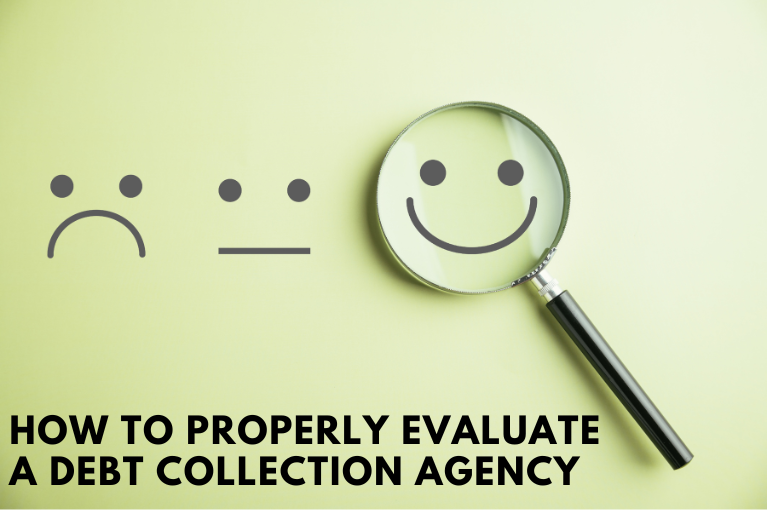Credit cards that advertise 0% balance transfers promote themselves as great options for getting out of debt, but like everything in the debt business, there is often much more to the story than you might think.
If you are struggling with debt and looking for help, there is no doubt that a 0% balance transfer can help in a big way. However, these deals often add a whole new set of problems to the mix, so you want to do some research before jumping in with both feet.
Free Money vs. Potential Problems
Anyone pitching a 0% balance transfer will insist that it is basically free money because you will instantly be relieved from paying whatever interest is currently posted on your monthly bill. That can be a life-changing proposition for someone struggling to get out of debt.
The flip side of the 0% balance transfer coin is that if you don’t follow their rules, there is a good chance that an even higher interest rate will kick in. In many cases, late payments or failure to pay off the balance before a specific date can lead to an even higher interest rate being charged going back over the entire interest period.
Consolidate Multiple Debts
The most common 0% balance transfer options position themselves as being a good solution for consolidating multiple debts into one payment that is completely free of interest. If that is the case, this can be an excellent way to reduce all your outstanding obligations into one simple account.
Of course, nothing is ever as easy as we’d like it to be, and these deals often come with “transfer fees” that apply to every balance you transfer from another account. In many cases, these fees are significant enough to offset the benefits you gain from the period where they aren’t charging you interest.
Revolving Limits Impact Credit Scores
Moving your current debts to a new account can also impact the amount of revolving credit you utilize, which is a crucial factor in determining your credit score.
If the new 0% balance transfer account has a much higher limit than you need, you could see a nice bump in your credit score. However, in most cases, people utilize every bit of the new credit available, hurting their scores for a few months.
Do You Qualify?
The best 0% balance transfer options also require strong credit to qualify, so if you have a history of late payments or delinquent accounts, this will probably not be an option available to you.
The catch-22 here is that anyone with good enough credit to qualify for a 0% balance transfer that doesn’t have a bunch of potential problems attached to it could also be eligible for a safer option like a debt consolidation loan through a local credit union.
Did You Fix the Original Problem?
Regardless of your balances or the interest rates associated with them, the most important thing to address is fixing the spending problems that led to you falling behind. There is no point in getting your balances paid off if you are going to build them back up again by buying things that you don’t need…or even want.
So while 0% balance transfers can certainly be a valuable part of any debt consolidation toolkit, there are often better options with less risk that you might want to explore instead.






